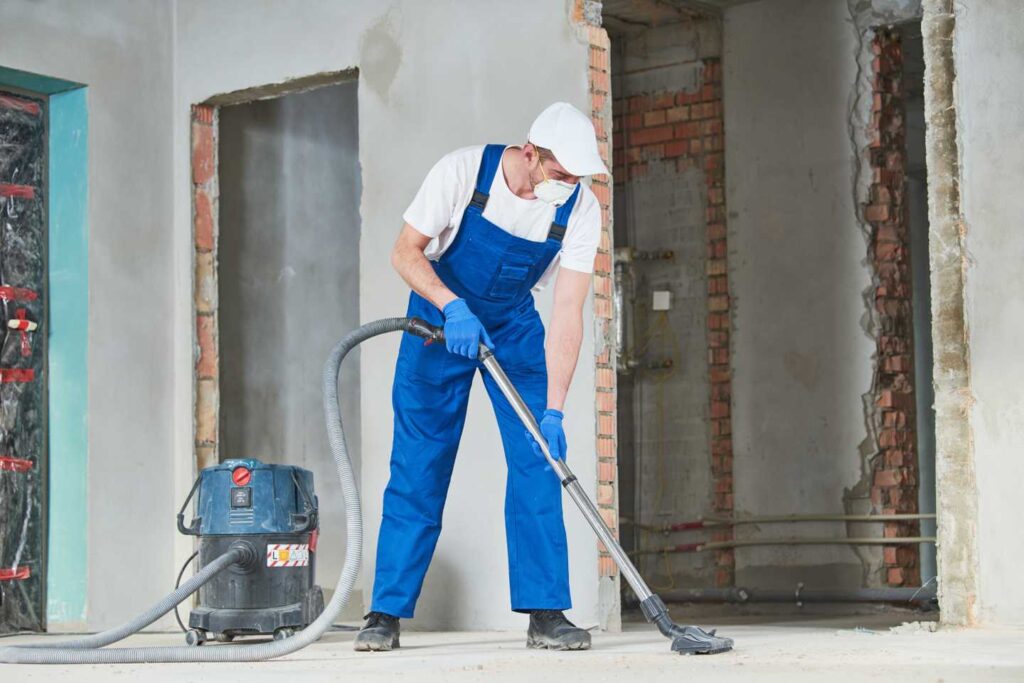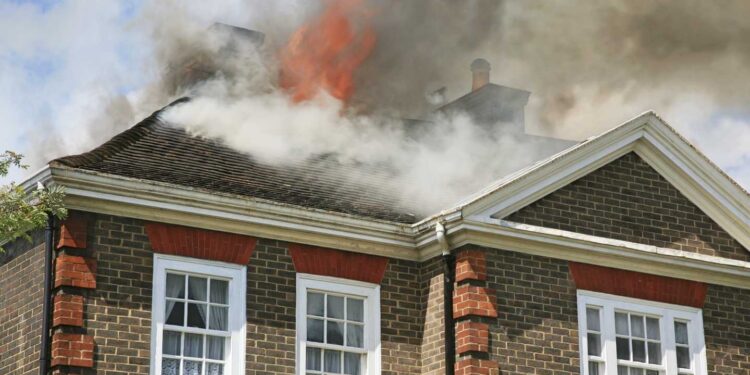As those bleak winter days thaw into the warmth and sunshine of spring, there’s no better time to give your space a refresh. A recent survey found that almost 80 percent of Americans spring clean their homes each year. This ritual of clearing out the old cobwebs to make room for a new season is about more than just aesthetics, though—it can also minimize the threat of a house fire as temperatures start climbing over these next several months.
Every 23 seconds, an emergency service responds to a fire somewhere in the United States, reports the National Fire Protection Association (NFPA). You can’t necessarily predict when this disaster might occur, but you can reduce the overall risk factors. On that note: here are a few ways an annual spring cleaning session will protect your home from fire hazards, so you can transition into the warmer weather with safety and peace of mind.
Reduce Clutter in Your Living Space
Loose clutter strewn around the house can easily become fuel for an indoor spark to blaze out of control. Stacks of mail on the counter, shoes left on the staircase, and piles of magazines or books in the hallway are more than just eyesores. These items can also be highly flammable in the event of a fire. Not to mention, they can also obstruct evacuation routes, making it hard to escape. Fortunately, spring cleaning is the perfect excuse to divest of that unnecessary (and potentially dangerous) clutter. Move all objects away from exits and high-traffic areas to clear a safe path, then either find a place to store those items or dispose of them entirely.
Spot and Remove Electrical Hazards
Each year, 46,700 reported house fires are due to electrical failure or malfunction, the NFPA estimates. You might not even be aware of faulty electrical outlets, circuits, or equipment—and that’s another reason why spring cleaning is so beneficial. It’s an opportunity to check for these hazards, so you can resolve the issue before it ignites a fire. Examine cords to ensure there’s no fraying. Test the function of all switches, outlets, and breakers. Confirm that electrical tools and appliances are in working order. If you have a surge protector, make sure there aren’t too many devices plugged in at once. These quick and easy audits can be life-saving.

Eliminate Flammable Debris Build-Up.
Combustible debris can accumulate in both the interior and exterior of your home. Dust or lint particles collect in the vents, ducts, grates, or appliances. Tree branches or dry leaves settle in the drainage hoses and HVAC unit. Over time, this residue can create blockages in the exhaust system, which could result in overheating and ultimately start a house fire. Flammable build-up must be removed on a quarterly basis at minimum, and spring cleaning is an excellent reminder to take care of that. Outside, trim all the dying landscape and rake fallen leaves and branches. Inside, replace the air filter, then eliminate dust, lint, and grime from all crevices.
Inspect All the Fire Safety Equipment
The NFPA advises that fire extinguishers be inspected once a month, smoke detectors or alarms be inspected twice a year, and fire sprinklers be inspected about once every 9–15 months. The point of those routine inspections is to make sure all wires are connected to the larger system, all sensors are functional, and there are no blockages in the valves, hoses, nozzles, or other parts of the machinery. But as important as it is to have working fire safety equipment, it’s also easy to overlook (until you need to use it, that is). Don’t continue to delay these inspections—schedule them into this year’s spring cleaning checklist.
Reduce Seasonal Fire Hazards with Spring Cleaning
These simple but effective action items will take your spring cleaning up a notch—and minimize the risk of fire hazards. However, if a house fire does occur, it’s crucial to know the next steps for post-fire remediation and recovery. Creating a plan on the front end will help streamline your damage repair and home restoration in the aftermath.





